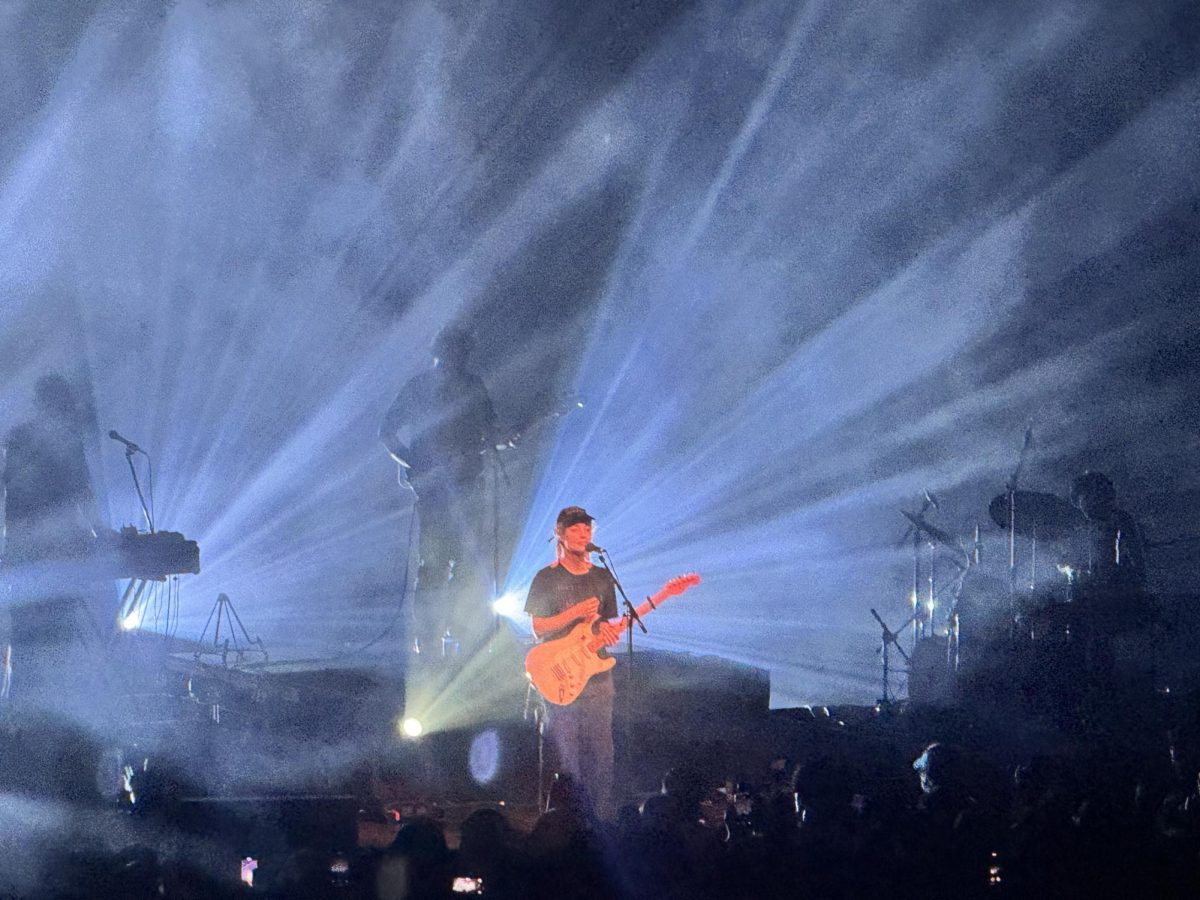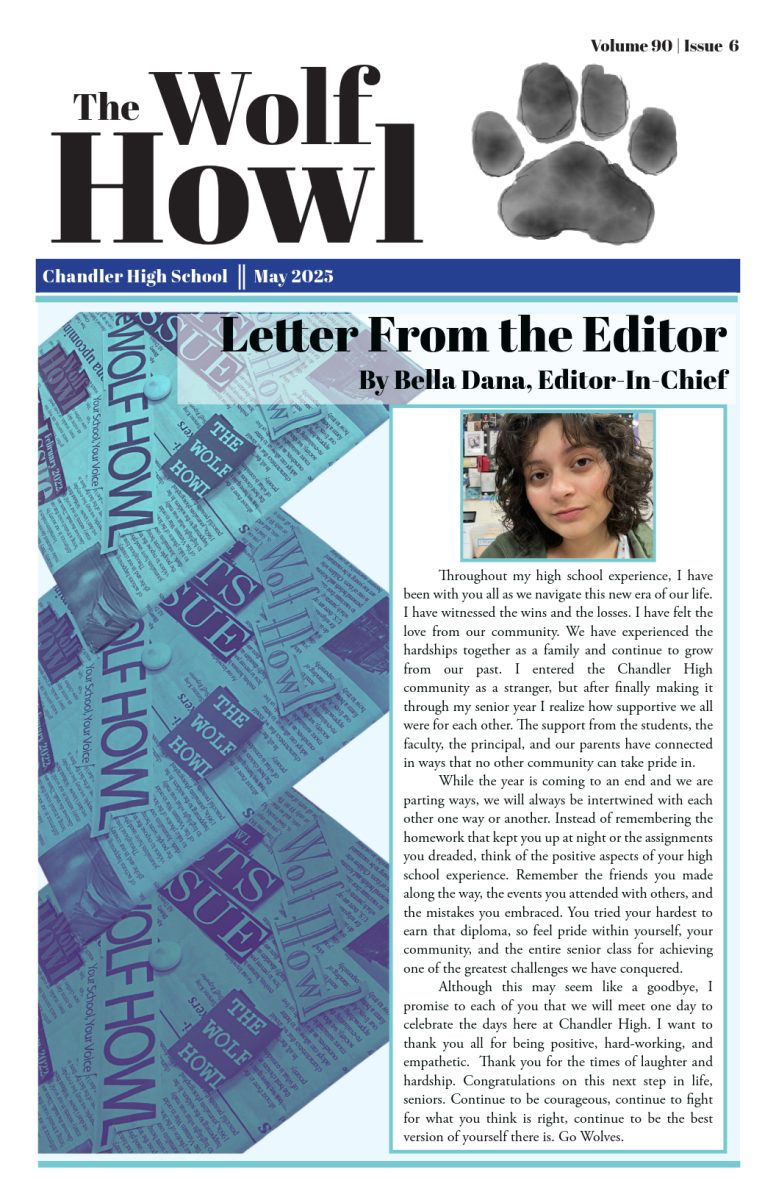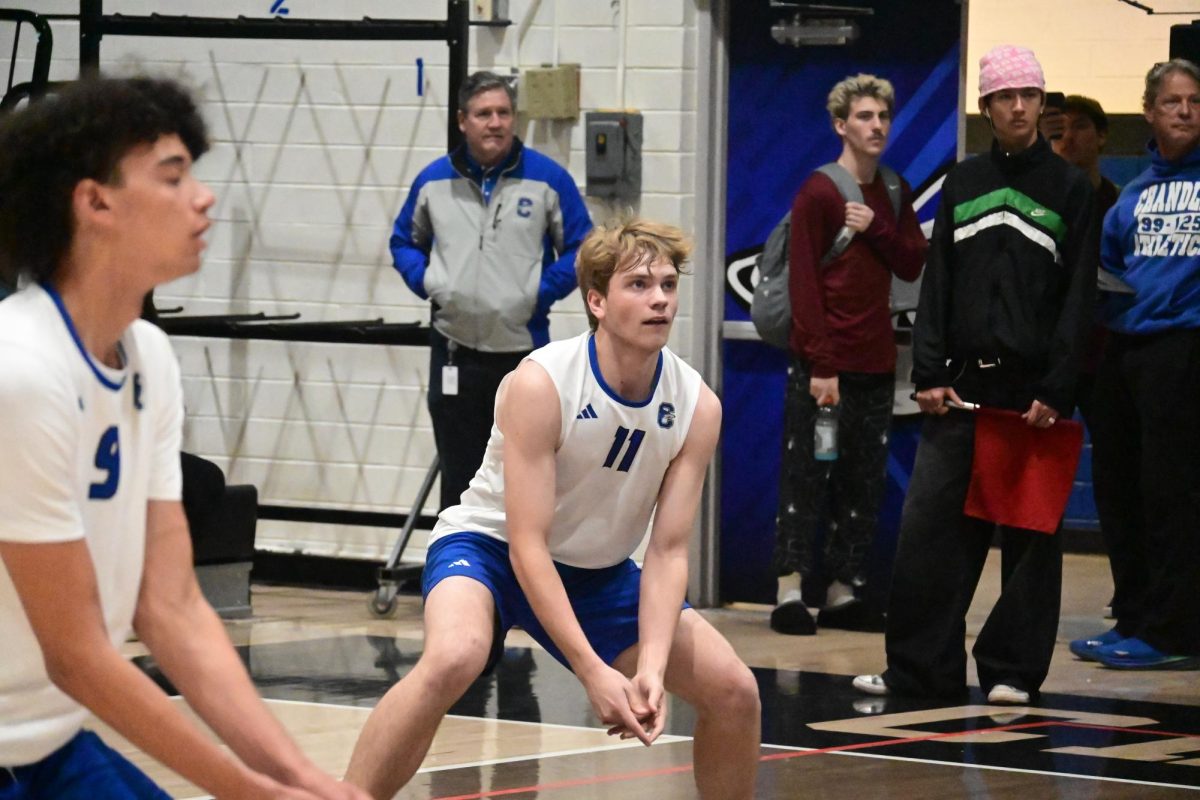In the video game scene, you’ll find two major types of games. There exist games produced by a large company, nicknamed AAA (triple A) based on their status and higher budgets. Then there are games produced by independent people or teams, called indie games. In recent years, there has been a steady rise in the number of indie games gaining a platform and even a rise in the number of indie games being produced.
About 17% of video game audiences across platforms are playing indie games more than AAA titles. In the opinions of avid gamers, why would a small studio be more appealing than one with a much larger budget?
It may have to do with the same trends we’ve seen in movies— a distinct lack of artistry in big company games. With the releases of God of War: Ragnarok (2022), Harry Potter: Hogwarts Legacy (2023), Baldur’s Gate 3 (2023), and others, there has been a trend of hyper-realism in AAA games. This isn’t necessarily a bad thing, but just like the boom in popularity around films like Sony’s Spiderman: Into the Spiderverse (2018) or Nickelodeon’s Teenage Mutant Ninja Turtles: Mutant Mayhem (2023), there has been a much larger draw to games with a more abstract art direction that just so happens to coincide with many indie games. Indie game studios don’t have access to motion capture, after all, so they have to get very creative with how they present their stories.
Not only that, but indie studios can create games without having to worry about interference from the massive companies that sponsor them. They’re able to create games and stories that they want to, without any corporation trying to censor them.
In the same vein, indie developers can pay closer attention to the smaller details and inner workings of their games. Micro-indie titles are fantastic examples of this, like Annapurna’s The Artful Escape (2021), which has a specific guitar solo dependent on the level you’re currently playing. Not to mention The Artful Escape’s masterful blend of 2D and 3D assets, making you feel like you’re shredding through breathtaking works of art.
There’s also something to be said about fan interactions. Metronomik released its debut game No Straight Roads (2020), and has still avidly kept up with its fanbase. This culminated in the release of No Straight Roads: Encore Edition, which is a fully optimized version of the original game. However, it also includes a fully animated intro cutscene, more accessibility settings, quality of life changes, and the inclusion of fan art! During the development of Encore Edition, Metronomik posted that fans could enter their art into the game for free— even asking popular artists specifically to draw small doodles for the credits! Indie studios aren’t restricted by bigger parent companies and aren’t as out of touch with their audiences. This, in part, makes advertising the game easier, but it also strengthens the community around it!
This is again true with a game still in development, Giddy Goat Games’ Billie Bust Up. GGG has posted on nearly every platform about their game, engaging with fans very closely. On Tiktok in particular, the account often comments on fan art posts, shows early looks into the game, and explains much about the process of making a video game! This isn’t typically done by AAA studios. Outside of the standard trailer drops or behind-the-scenes PR stunts, there is very little interaction between the developers and their audience.
Backing away from the technical aspects of things, fans have noticed that many AAA titles are struggling to live up to the expectations players have. Stories have been falling flat, and troubleshooting for glitches hasn’t been as consistent. Overall, this leaves the audience underwhelmed, especially for a game they spent upwards of $60 on. Usually, the price is never the problem, because the game is supposed to give you an experience worth the paycheck you spent on it. But when you’re paying for a piece of barely playable material that looks really nice, it’s easy to feel ripped off. This hasn’t been much of the case for indie studios, likely because there are fewer people that need to be paid, so a lower price listing makes sense.
Now, this isn’t all to say that AAA games are bad or lower quality. I’ve found that there’s a lot of fun to be had in a game with a bigger budget, and inherently a game that can do more. It is just that I’ve felt such a stronger impact from much smaller games. I think the care and effort put into indie games really speaks to the artistry of it all, and the stories hinge on ideas very close to me, as opposed to the grand scale of AAA titles. I also just like to support smaller studios, which may be the crux of it all.























